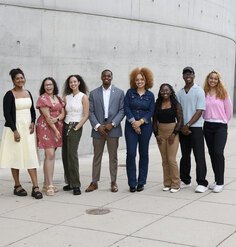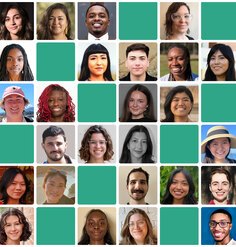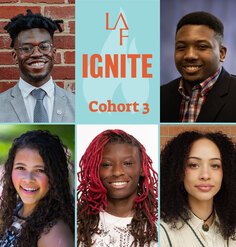Olmsted Scholar Feature: Revitalization, Reuse, and the Productive Value of Landscape
By Brett Kordenbrock, 2012 University Olmsted Scholar
Within my undergraduate studies, I had the opportunity to work at the Niehoff Urban Design Center, an extension of the College of Design, Architecture, Art, and Planning at the University of Cincinnati. Here, studios gave way to an understanding of how urban spaces functioned, neighborhoods were marginalized, and futures were drawn up by various stakeholders. In these studios, we explored one of Cincinnati’s best-kept secrets, Over-the-Rhine. It is here that I found myself entranced by the community’s positive outlook, their collection of Italianate Architecture, and burgeoning potential.
Today, the wheels are in motion and advocates are tapping local and collective resources to re-envision Over-the-Rhine and the Brewery District, which are growing into a thriving community of artisans, business start-ups, and beer barons. To see these visions realized has given me hope for other fledgling communities in our most sacred urban areas.
I like to draw on these experiences for a number of reasons. I believe that it is fundamental for all designers (and humans) to understand how our cities operate socially, culturally, and environmentally, why our neighborhoods succeed and fail, and how urban life can both empower and excite so many. I have explored these very questions within my design education at the Knowlton School of Architecture at Ohio State University.
The choice to enter landscape architecture had been in the works for some years, but it was not until my first studio that I realized landscape architecture was an appropriate setting in which urbanism could be understood, explored, and tried. Since then, my program has supported my growing focus on the productive value of landscape, its ability to operate in non-traditional spaces, and the role biophysical and human ecologies play in the development of site strategies and interventions. I have explored these topics through competitions, seminars, and research-based studios.
These efforts have been best realized in the award-winning project, Augmenting Systems: Strategies for Ecological Intensity at the Picway Power Plant, which reutilized outputs from a coal-fired power plant near Columbus, Ohio. Strategies included: reutilizing warm combustion process water for a 365-day waterfowl environment, reorganizing current cut/fill strategies to thicken ash impoundment caps thereby increasing ecological and biomass potential as well as human habitation of certain areas, thickening and elongating existing hedgerows to capture migratory animal populations, and sequestering carbon dioxide through vertical algae farms — a phase introduced as part of the plant’s biomass operations. The project also resulted in a 2050 Vision for the Columbus Metroparks whereby sites like this and other residuals of urban processes become the new prototype for a productive urban park system.
Since becoming a 2012 University Olmsted Scholar, I have had the opportunity to work on a community garden and hoop-house project. In this collaborative studio, led by Professor Katherine Bennett, we explored both the potential modularity of food production at varying scales (from personal to family to neighborhood) and co-habitation ideologies among human and non-human species within an agro-ecology framework. Today, the gardens and hoop-houses stand tall at the Godman Guild in the Short North East Neighborhood of Columbus, where they will serve as common areas, outdoor classrooms, and experimental stations for a growing number of residents in need of access to healthy and local food.
As I enter my final year of graduate school, I will focus my efforts on urban waterways, specifically the in situ ecologies and conditions of channelized rivers. All too often we see responses eradicate existing ecologies to make way for a “naturalized” condition. So, I ask, why does our response to channelized rivers look the same, project to project? Are novel ecosystems as valuable as their “naturalized” counterparts? And, more specifically, how can a channelized river like the Mill Creek in Cincinnati use existing ecologies and conditional anomalies to re-value and re-tool both itself and its adjacent communities?
Over the summer Brett Kordenbrock held an internship with Peter Walker and Partners. His Augmenting Systems/Picway Power Plant project was selected for the International Exhibition at the European Biennial of Landscape Architecture in Barcelona in September 2012. He is entering his final year of his graduate education in Landscape Architecture at the Knowlton School of Architecture at Ohio State University.










